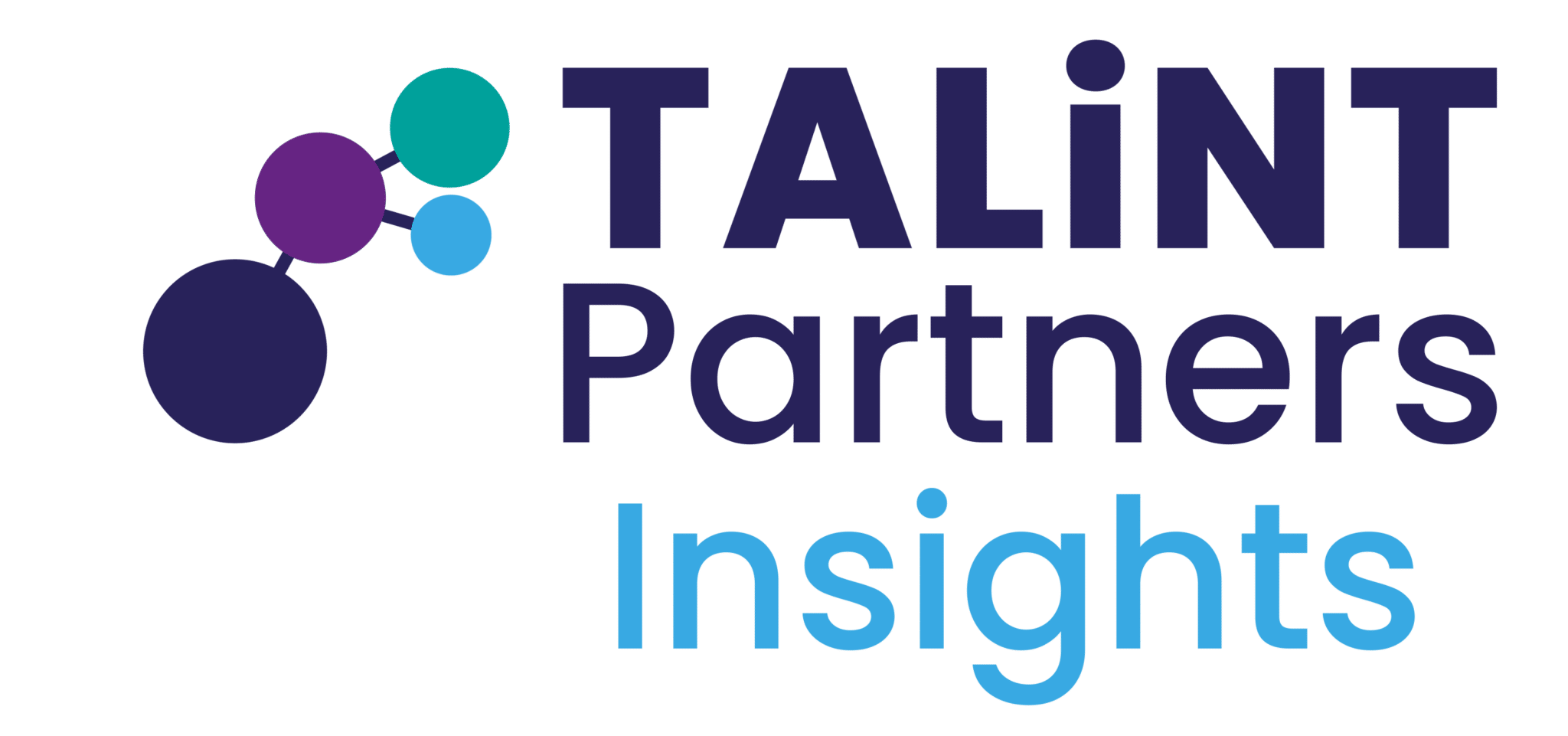The newly released 28-page policy document, Winning the Race: America’s AI Action Plan, America’s AI Action Plan can be summed up in just three words: “Go for it.”
The plan signals an emphatic shift toward rapid AI adoption, with a call for “swift deregulation” and “ideological neutrality” in federal AI policy.
While it does include a “worker-first” agenda to support skills development, the overwhelming tone is pro-growth, pro-infrastructure, and pro-private sector.
At the heart of the plan are three strategic pillars:
Accelerating AI Innovation – Includes over 90 deregulatory recommendations, eliminates prior executive orders that may slow AI deployment, and demands that federal AI contracts only go to “objective” (i.e. non-DEI focused) models.
Building American AI Infrastructure – Commits over $100 billion to AI-related infrastructure including semiconductor plants, data centres, and fast-tracked permitting for energy-intensive AI projects.
International AI Leadership – Focuses on AI exports to allies and building a governance framework rooted in “American values,” while blocking access for adversarial states.
⚖️ Global AI Regulation: A Growing Divide
To understand how significant this policy is, it’s important to contrast it with what’s happening elsewhere.
The European Union has taken a radically different stance. The recently passed AI Act is the world’s first comprehensive AI legislation, classifying recruitment and assessment tools as “high-risk” systems. These require detailed documentation, bias mitigation, human oversight, and potential penalties of up to 6% of global turnover for non-compliance.
The UK, meanwhile, is trying to find a middle ground. Its principles-based model encourages innovation and allows regulators like the ICO and EHRC to interpret five core AI principles (transparency, fairness, accountability, etc.). Whether this turns out to be a sensible compromise or simply ineffective will depend on how well it keeps pace with emerging tech and public trust concerns.
🧠 Workforce & Recruitment Implications
For large employers, staffing firms, and TA tech vendors, these policy contrasts create a complex operating environment. In the US, the deregulated approach allows for rapid deployment of AI-powered hiring tools—attractive in an age of application overload and AI-generated CVs. Tools that automate pre-screening, interview scheduling, and skills inference are increasingly necessary.
But with speed comes risk. The US plan lacks clear guidance on bias, transparency, or explainability, raising ethical concerns around AI hiring. Displaced workers may find limited support, and tools that ignore fairness-by-design could reinforce inequalities.
In contrast, Europe’s cautious path offers clearer protections—but at the cost of agility. Vendors and employers must build compliance into their products and processes from day one.
For UK-based firms operating across multiple jurisdictions, this means balancing innovation with ethical assurance—and being prepared to navigate a patchwork of expectations.
🔮 What Comes Next?
Over time, as businesses become more comfortable with AI, we may see broader convergence toward something closer to the US model—especially in terms of performance, scale, and private sector control.
But in the short term, compliance risk will shape vendor strategy and employer decisions, particularly for multinationals with transatlantic operations.
The US action plan has, without question, set the stage for a global contest over how AI should be developed, governed, and deployed in the workplace. Whether that contest produces better outcomes for workers—or simply better margins for AI companies—remains to be seen.





